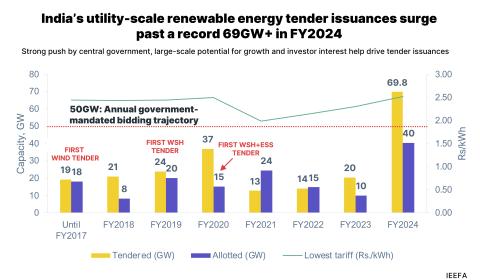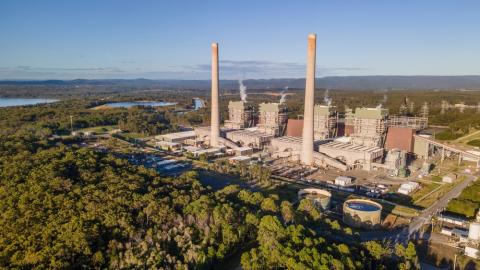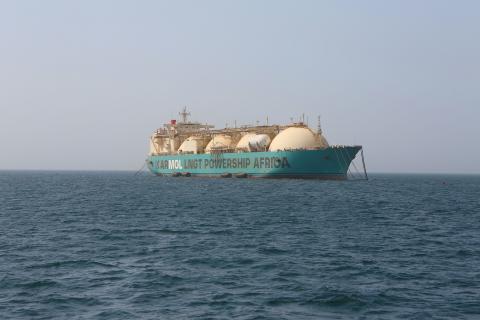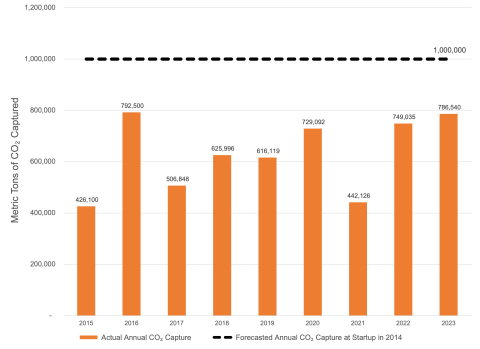Falling short: Shale development in West Virginia fails to deliver on economic promise
Download Full Report
View Press Release
Key Findings
West Virginia has a long history of economic boom-and-bust tied to coal extraction. Despite its vast natural resource wealth, the state has consistently ranked among the poorest in the nation.
From 2008 to 2017, West Virginia produced $21 billion in natural gas, almost all of which was exported from the state.
In 2017, just the top three producers— all headquartered out-ofstate— accounted for 66% of the state’s natural gas production.
Executive Summary
Natural gas production in West Virginia has increased by nearly a factor of six over the past decade. When shale drilling first took off in West Virginia, the industry was projected to deliver not only production increases, but also significant economic development gains for the state.
This report reviews the actual economic and financial performance of the shale industry in West Virginia over the past decade. Key findings include:
- The economic development gains of the shale industry have underperformed initial projections. This partly reflects the exaggerated early claims made by the industry and industry-funded studies. It also reflects the failure of these initial studies to anticipate the significant and sustained collapse in natural gas prices resulting from the large increase in production.
- Initial studies projected a sustained growth in natural gas severance tax revenues. In reality, severance tax revenues grew through Fiscal Year 2015 and then fell off. Fiscal Year 2018 natural gas severance tax revenues were only 15% higher than FY 2008 revenues, adjusted for inflation.
- Job gains in the natural gas industry have also been lower than projected a decade ago. The natural gas industry added 2,600 net new jobs from 2008 to 2017, as compared to gains of up to 5,700 new jobs by 2015 projected by early studies. The only reason that there has been any growth in employment at all from 2008 to 2017 is the increase in employment due to natural gas pipeline construction, which are largely temporary jobs; jobs in drilling and related support activities have actually declined. About 40% of pipeline construction jobs are held by out-of-state workers.
- Natural gas production is concentrated. Six of the state’s 55 counties produced 80% of West Virginia’s natural gas in 2017. Shale development has had a mixed impact on economic development at the county level in the topproducing counties. While there have been some gains in household income and educational attainment, overall these counties continue to decline in population and poverty levels remain comparable to a decade ago. Key Falling Short: Shale Development in West Virginia Fails to Deliver on Economic Promises 2 economic development indicators in these counties appear to follow a boom-and-bust pattern, tracking the price of natural gas.
- Early studies also failed to anticipate the negative economic and fiscal impacts of shale drilling on the state, including the economic collapse of coal mining, driven in large part by the glut of inexpensive shale gas. Initial studies also ignored the long-term liabilities that the expansion of drilling is creating for the state, in the form of hundreds of millions of dollars of orphaned well remediation costs.
- Today the natural gas industry is again promising significant economic development benefits from what it sees as the next big opportunity: Appalachian petrochemical development. We find that such claims are likely to be overstated, given the significant challenges stemming from domestic and international competition, as well as the financial weakness of the shale drilling industry itself.
Please view full report PDF for references and sources.
Press release: IEEFA report: West Virginia shale development falls short of economic promise













